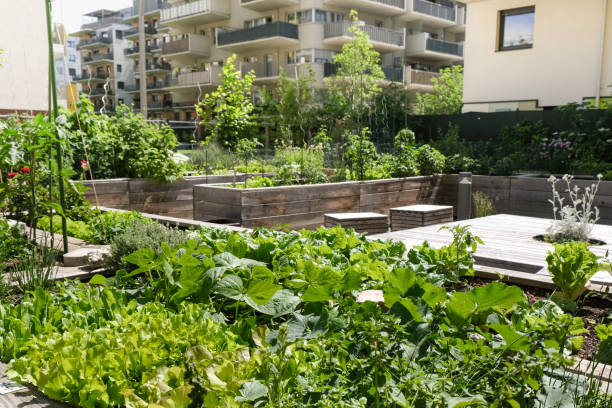Smart watering techniques to reduce waste and boost growth
Efficient watering methods can dramatically reduce water waste while improving plant health, whether you tend an urban balcony, a container garden, or raised beds. This article explains practical approaches—from soil preparation and mulching to timed irrigation and supporting pollinators—that help herbs, vegetables, and ornamentals thrive with less water.

Water is a limited resource in many regions, and gardeners can make substantial gains in plant vigor while using less of it. Smart watering starts with observation: know your plants’ needs, the local climate, and the properties of your soil and containers. Techniques that reduce evaporation, increase infiltration, and match supply to actual plant demand will conserve water and reduce stress on herbs, vegetables, and ornamentals. This article outlines practical steps for soil improvement, irrigation choice, container and balcony care, and maintenance tasks such as pruning and feeding that support resilience during drought and regular seasons.
How can irrigation methods save water?
Choosing the right irrigation approach is the foundation of water-wise gardening. Drip irrigation and soaker hoses deliver water directly to the root zone, minimizing evaporation from bare soil and leaf wetting that can encourage disease. Timed irrigation with short, less frequent cycles encourages deeper root growth compared with daily shallow watering. Soil moisture sensors or simple fingertip checks help avoid overwatering; aim to water when the top few centimeters are dry. During drought conditions, prioritize established shrubs and productive vegetables and reduce water to nonessential ornamentals.
What container and balcony watering works best?
Containers heat and dry out faster than ground soil, so choose appropriate containers and potting mixes to retain moisture. Use mixes that include compost and moisture-retentive components like coconut coir or peat alternatives. Group containers together to create humid microclimates and place saucers or self-watering inserts to reduce runoff. For balconies, vertical planting systems with integrated reservoirs can deliver water to multiple plants with less frequency. Water early morning to reduce evaporation and avoid evening watering that leaves foliage damp overnight.
How to improve soil, compost, and mulch for retention?
Healthy soil is the best water-saving strategy. Incorporate well-aged compost to improve soil structure and increase water-holding capacity for both clay and sandy soils. Mulch bare soil with organic materials—shredded bark, straw, or leaf mulch—to reduce surface evaporation, moderate soil temperature, and suppress weeds that compete for moisture. Regular top-dressing with compost and moderate use of balanced fertilizer supports plant health so roots can access available water. In containers use a higher proportion of organic matter to hold moisture without becoming waterlogged.
How can gardens support pollinators, herbs, and vegetables while saving water?
Design plant groupings by water needs—hydrozones—so herbs and vegetables with similar irrigation requirements share the same area or container system. Native and drought-tolerant pollinator-friendly plants often need less supplemental water once established and can attract beneficial insects that improve yields. Use staking or vertical supports to increase planting density without expanding watered area; vertical and container gardens can be highly productive when irrigated efficiently. Rotate crops in vegetable beds to maintain soil structure and reduce irrigation stress on any single plot.
When and how should you prune and maintain plants for efficiency?
Pruning helps plants use resources more efficiently by removing dead or congested growth, improving airflow, and encouraging stronger root-to-shoot balance. Trim excess foliage from container plants so the root system can adequately supply remaining leaves. Regular maintenance—weeding, checking irrigation lines, and adjusting timers for seasonal change—prevents waste. During heat waves or drought, reduce fertilization that stimulates lush, thirsty growth and instead focus on mulching and deep, infrequent watering to promote resilient root systems.
Conclusion
Smart watering combines practical irrigation choices with soil care, appropriate plant selection, and thoughtful maintenance. Implementing drip systems or self-watering containers, improving soil with compost, mulching, grouping plants by water need, and pruning for balance will reduce waste and support healthier growth for herbs, vegetables, and ornamental plants. These techniques are adaptable across settings from indoor container gardens to balcony and backyard plots, helping gardeners conserve water while maintaining productive, diverse plantings.





